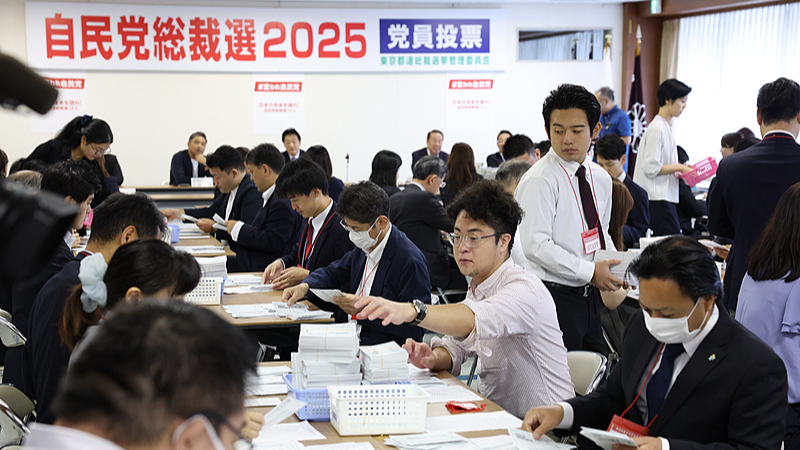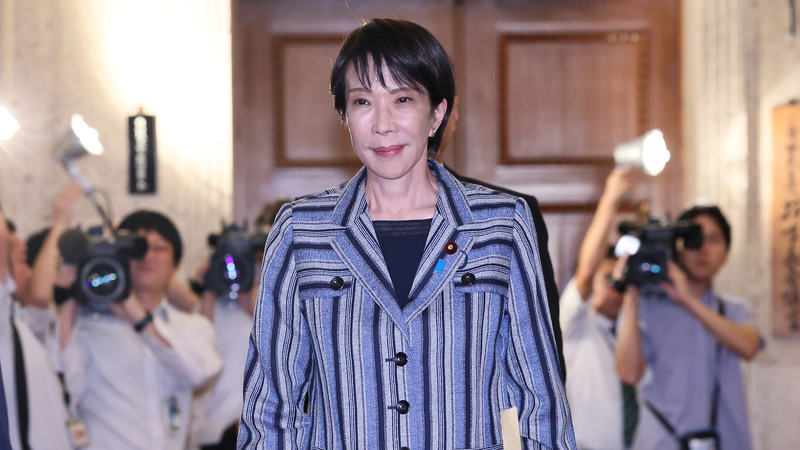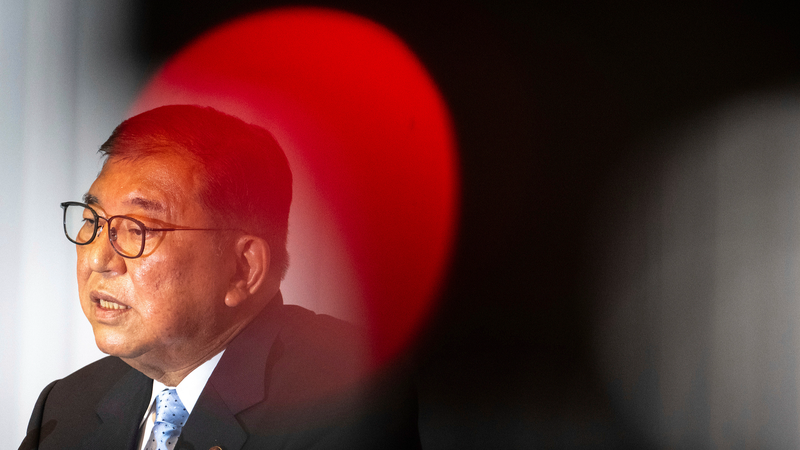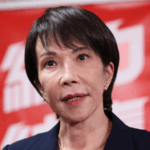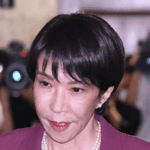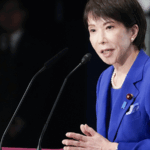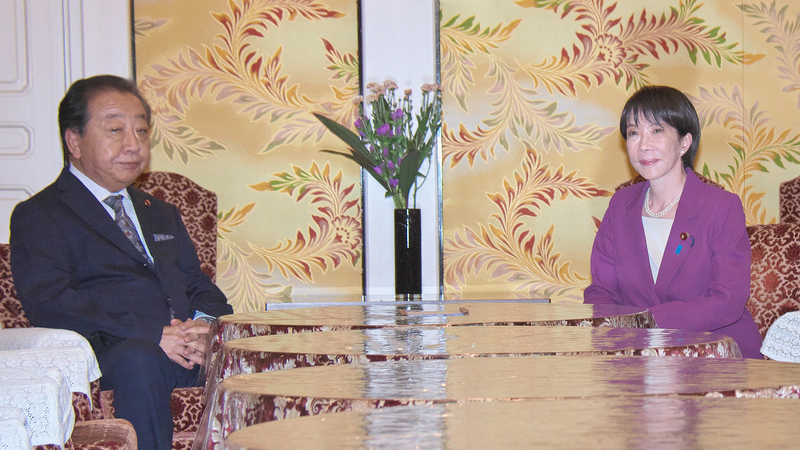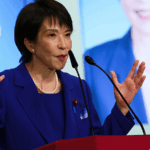Lawmakers from Japan's ruling Liberal Democratic Party (LDP) cast their votes on Saturday in a closely watched leadership election, with five candidates competing to succeed outgoing party president Shigeru Ishiba. The winner is expected to become Japan's next prime minister, shaping the nation's political trajectory amid economic and regional challenges.
A Five-Way Contest
The candidates include former LDP Secretary-General Toshimitsu Motegi, Chief Cabinet Secretary Yoshimasa Hayashi, and Agriculture Minister Shinjiro Koizumi, alongside former economic security ministers Sanae Takaichi and Takayuki Kobayashi. All five previously contested last year’s record-breaking nine-candidate race, underscoring the party’s dynamic internal competition.
How the Election Works
The first round allocates 590 votes equally between LDP lawmakers and grassroots members. A candidate securing a majority will claim victory outright; otherwise, a runoff between the top two contenders will follow. The new LDP president will then face a parliamentary vote to formally assume the premiership.
Political Implications
Despite the ruling coalition’s lack of a parliamentary majority, the LDP’s status as the largest party ensures its leader will likely helm the government. Observers are closely monitoring how the outcome could influence Japan’s economic policies, regional diplomacy, and responses to global inflation pressures.
Reference(s):
Japan's ruling Liberal Democratic Party begins voting for new leader
cgtn.com
